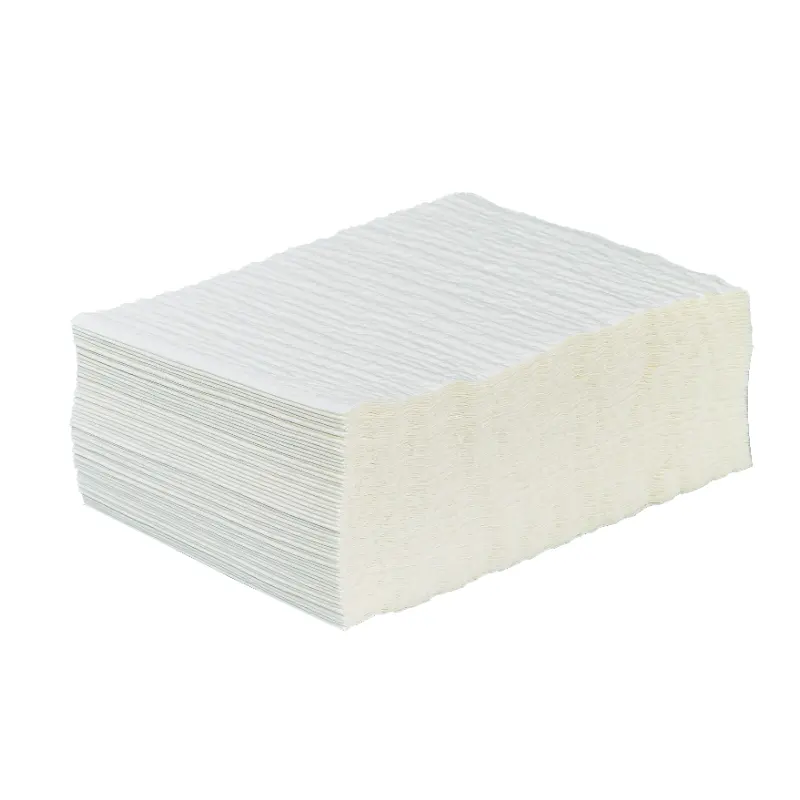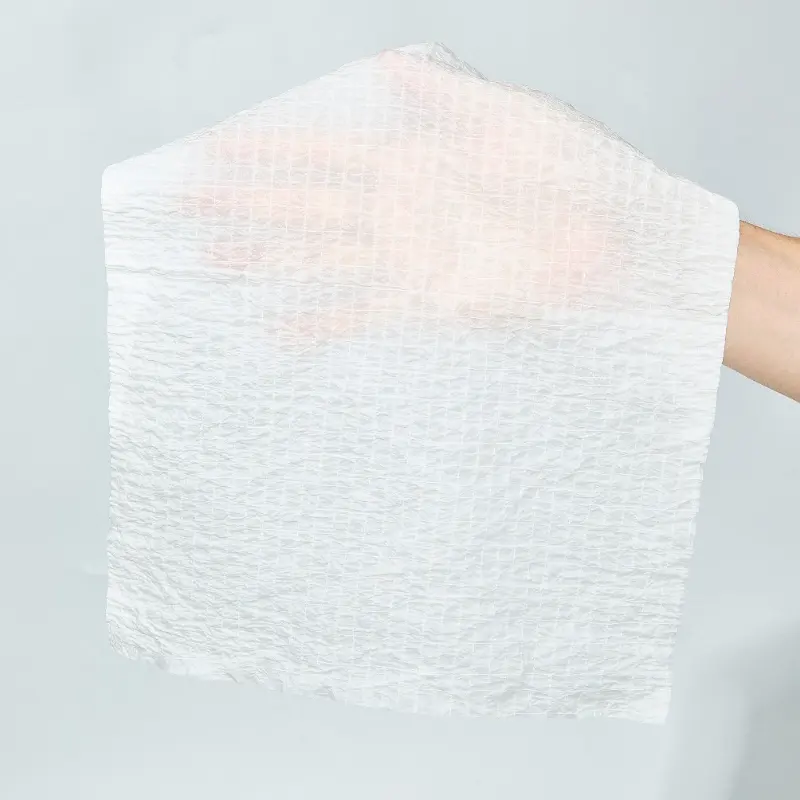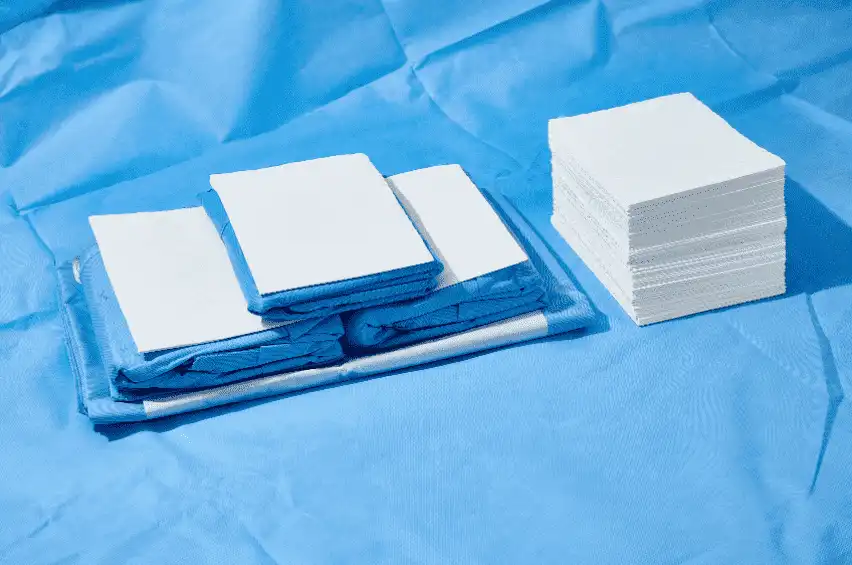Preeclampsia is a serious pregnancy complication that can lead to significant maternal and fetal morbidity. Early prediction and diagnosis are crucial for effective management and improving outcomes. Recent studies have highlighted the value of various peripheral blood biomarkers, including sFlt-1, PlGF, 25-hydroxyvitamin D test, D-dimer test, vWF, and P-selectin, in assessing the risk of developing preeclampsia.
Key Biomarkers in Preeclampsia Prediction
The balance between sFlt-1 (soluble fms-like tyrosine kinase-1) and PlGF (placental growth factor) is particularly informative. Elevated sFlt-1 levels and decreased PlGF levels have been associated with the development of preeclampsia. Additionally, markers like 25-hydroxyvitamin D, D-dimer, vWF, and P-selectin provide further insights into the inflammatory and thrombotic processes involved in preeclampsia. By measuring these biomarkers, healthcare providers can gain a clearer understanding of a patient's risk profile, allowing for proactive monitoring and intervention.
Advantages of Advanced Testing Solutions
The assessment of these biomarkers can be streamlined with modern testing solutions that offer significant advantages. Poclight's products require no washing or separation, simplifying the testing process and saving valuable time in clinical settings. Furthermore, there is no need for cold chain transportation, which reduces logistical challenges and costs. Poclight's tests can be stored at room temperature, ensuring ease of use and a long shelf life for consistent performance.

Poclight's Human PGF/PIGF (CLIA)test analyzer that are maintenance-free and designed for simple installation. The one-step operation process ensures that healthcare providers can easily integrate these testing solutions into their workflows without extensive training. This combination of ease of use and reliable results positions our products as a valuable asset in the fight against preeclampsia and other pregnancy-related complications.











